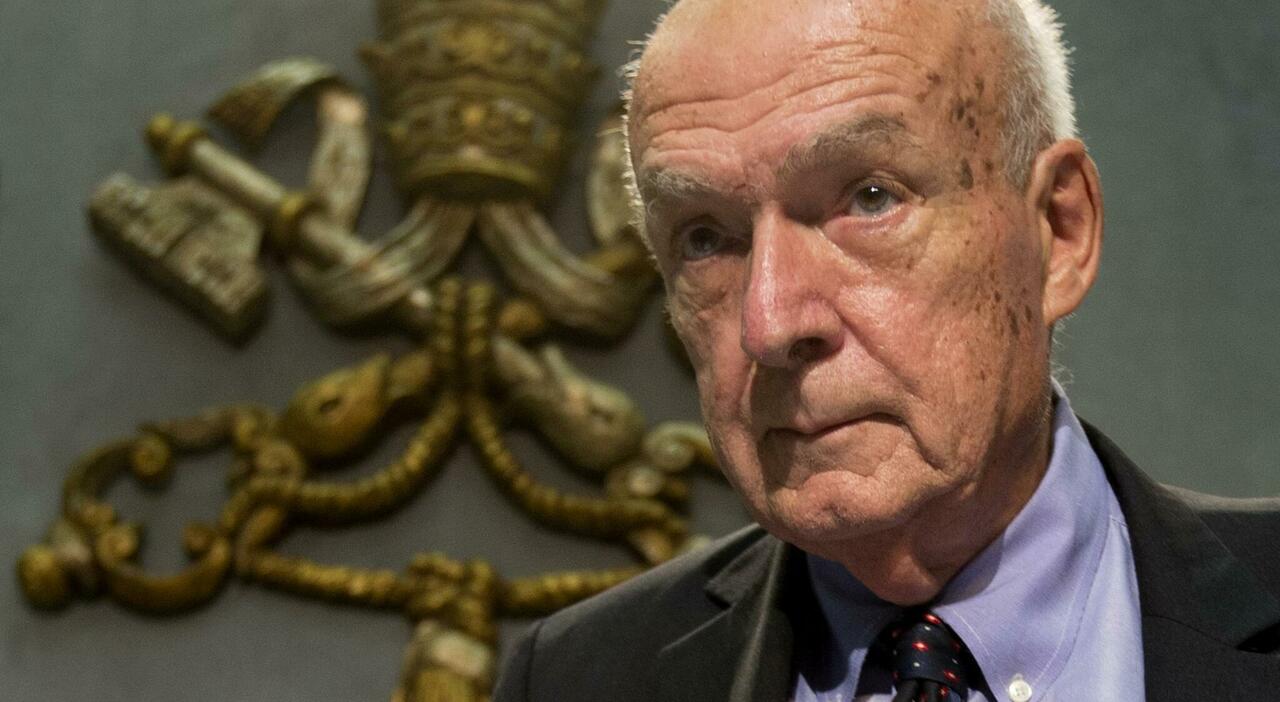Monday 5 February 2024, 12:07 - Last updated: 15:18
One of the greatest disseminators of art history that the Vatican has ever had has disappeared, a scholar who made the secrets of the Papal Palaces, the Sistine Chapel, and all the masterpieces, even the lesser-known ones preserved in the Vatican Museums, 'pop'. Antonio Paolucci, already a minister during the Dini government, was chosen for his absolute competence by Pope Ratzinger in 2007 with whom he had a very close and formidable intellectual bond. During the years when he was director of the Vatican Museums, Benedict XVI often went to visit him, even surprisingly, to have him explain the phases of the restorations, staying to listen to the 'professor' as he pointed out details on the frescoes usually invisible and hidden. Equipped with an extraordinary eloquence and boundless competence, Paolucci managed to fascinate anyone. The art of dissemination explained in a simple, non-pedantic and pompous way. He is the one who brought the Vatican Museums up to date with the other great museums of the world, from the Louvre to the Uffizi to the Metropolitan, managing flows, costs, security. With the arrival in the Vatican of Pope Francis, things begin to change and the relationship becomes complicated. Pope Francis never seemed to be too interested in art so much so that he never set foot in the Vatican Museums until a couple of years ago when, welcomed by the new director Barbara Jatta, he visited the new wing of the ethnographic museum. Paolucci, leaving the direction of the Vatican Museums in 2017, never made a mystery of these misunderstandings, they did not speak the same artistic language and there were often divergences on some artistic choices. Paolucci did not hesitate to criticize Pope Bergoglio's decision to place on the Vatican square the maxi dark bronze statue depicting an unlikely mix of people on a boat, practically an eyesore, breaking the harmony wanted by Bernini. At the same time, he opposed the project to host at the entrance of the Museums the iron statues of Alejandro Marmo, an Argentine artist friend of the Pope who assembles recycled scrap metal into sacred figures. The arm wrestling ended with the placement in the Vatican Gardens of a large statue of the Madonna composed of pistons and other engine parts. You must marvel at a work of art, a landscape, or any manifestation of nature and man that transcends the ordinary, it is a gift that we should all cultivate as the first step towards knowledge. Starting from the question 'what is beauty?' said Antonio Paolucci to everyone. Professor Paolucci graduated in art history in 1964 and specialized in Italian Renaissance art in Bologna with Francesco Arcangeli, he began his career at the Ministry of Public Education since 1969. He was director of the Uffizi, Superintendent, first in Venice, then in Verona, Mantua and finally at the Opificio delle Pietre Dure in Florence, then moving on to the special Superintendency for the Florentine Museum Center and the regional direction for Cultural and Landscape Heritage of Tuscany, Minister of Cultural Heritage in the technical government of Lamberto Dini, Extraordinary Commissioner of the Government for the restoration of the Basilica of San Francesco in Assisi, following the earthquake of '97. 'With the disappearance of Antonio Paolucci, a part of the history of the Vatican Museums is gone. A refined art historian who has dedicated his entire life to studying, curating, enhancing and disseminating beauty, art and our culture. Like no other, Antonio Paolucci knew how to charm with his speeches. There are people who have the gift of the word and he was the king of that category' commented the director of the Vatican Museums, Barbara Jatta, remembering that during the years of his direction he founded the Office of the Conservator of the Vatican Museums, outlining a new professional figure and developing that preventive maintenance that has become, thanks to his vision, essential for the management of the Vatican cultural heritage.
© ALL RIGHTS RESERVED
This article is automatically translated
